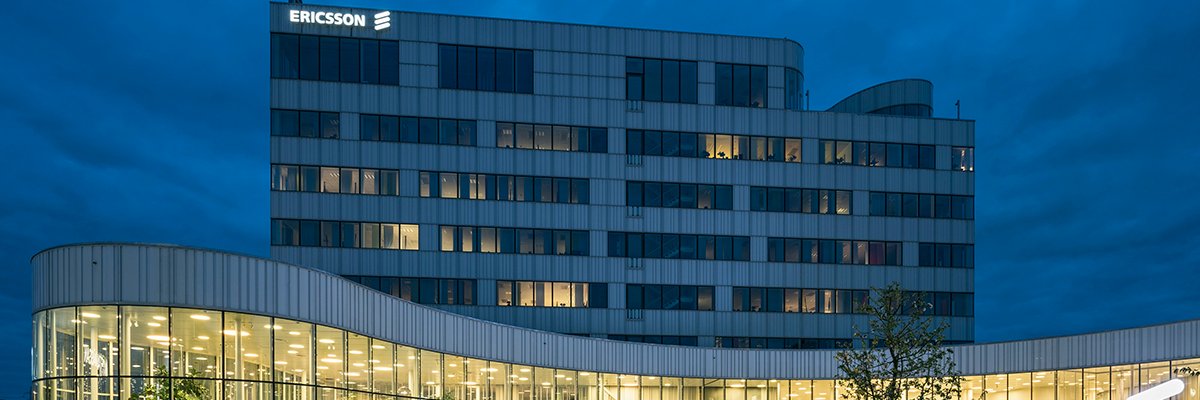
"The study insisted that investing in microwave technology ensures networks are prepared for future needs, supporting the demands of advanced 5G infrastructure, and ready to accommodate upcoming 6G traffic. Emerging spectrum such as the W- and D-bands are expected to play an increasingly important role, offering "vast" spectrum resources and technical advantages akin to the E-band. Mikael Öhberg, head of microwave at Ericsson, observed that as backhaul networks evolve, the role of microwave will only grow in significance."
""With continuous expansion in E-band deployments and the anticipated rise of W- and D-bands, service providers will benefit from more spectrum, innovative technology and unified management enabled by AI [artificial intelligence]," he said. "The path forward promises not only increased capacity and lower operational costs, but also the agility to adapt to a rapidly changing telecom environment." The report found that E-band deployments have surpassed the 38GHz band, with W- and D-bands emerging as future spectrum leaders."
Global backhaul market is shifting toward a near-equal split between microwave (49%) and fibre (51%) by 2030. Microwave backhaul supports 75% of live 5G networks globally, and the installed base of transceivers has risen to approximately 10.5 million since 2022. Investment in microwave technology prepares networks for advanced 5G demands and anticipated 6G traffic. E-band deployments have increased, surpassing the longstanding 38GHz band, while W- and D-bands are emerging as significant future spectrum resources. AI-driven unified management and advancements in mmWave enable operators to boost capacity cost-effectively, often without additional hardware, lowering operational costs and increasing agility.
Read at ComputerWeekly.com
Unable to calculate read time
Collection
[
|
...
]